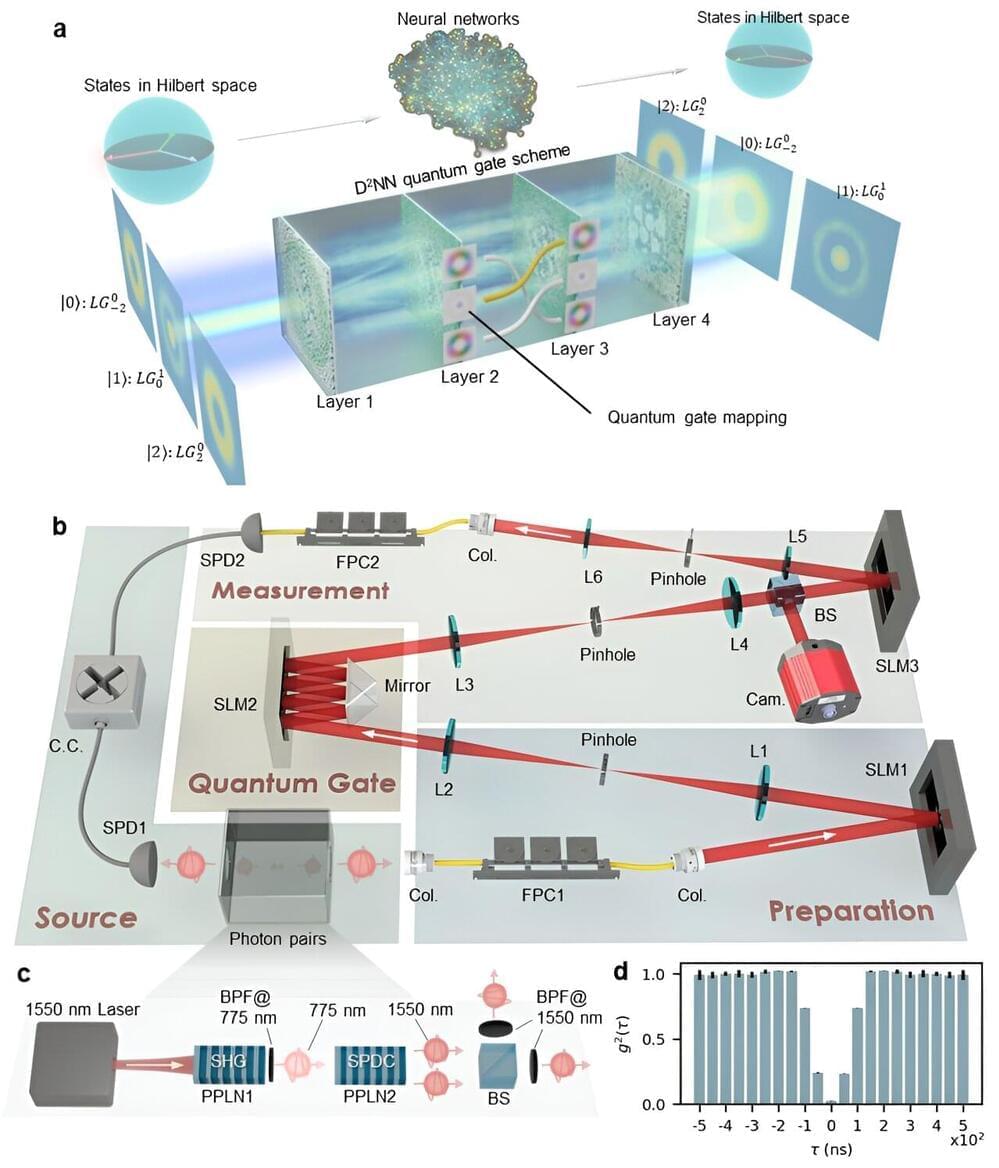A technique can determine for the first time how frequently, and exactly where, a molecular event called “backtracking” occurs throughout the genetic material (genome) of any species, a new study shows.
Published online February 9 in Molecular Cell, the study results support the theory that backtracking represents a widespread form of gene regulation, which influences thousands of human genes, including many involved in basic life processes like cell division and development in the womb.
Led by researchers from NYU Grossman School of Medicine, the work revolves around genes, the stretches of DNA molecular “letters” arranged in a certain order (sequence) to encode the blueprints for most organisms. In both humans and bacteria, the first step in a gene’s expression, transcription, proceeds as a protein “machine” called RNA polymerase II ticks down the DNA chain, reading genetic instructions in one direction.







